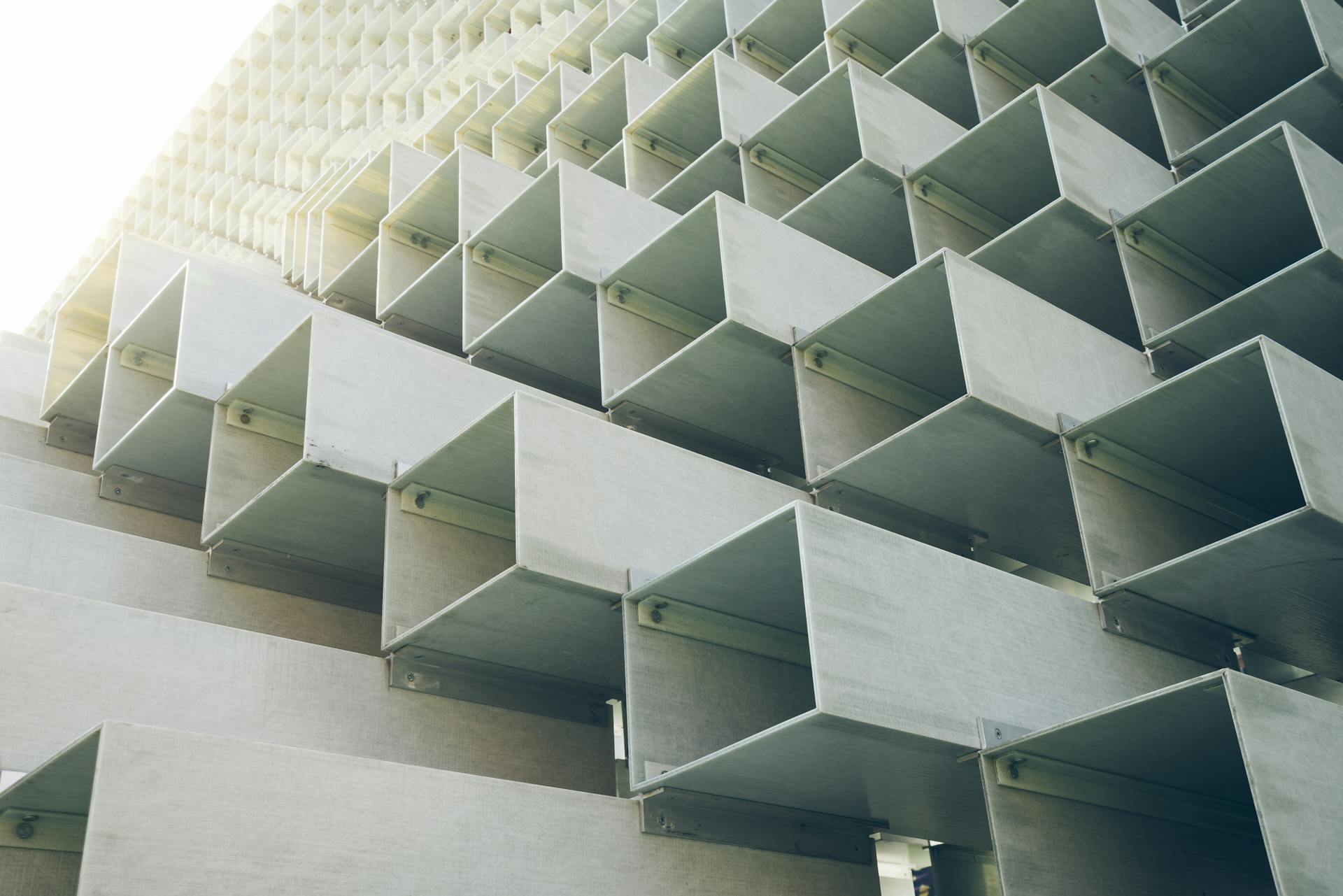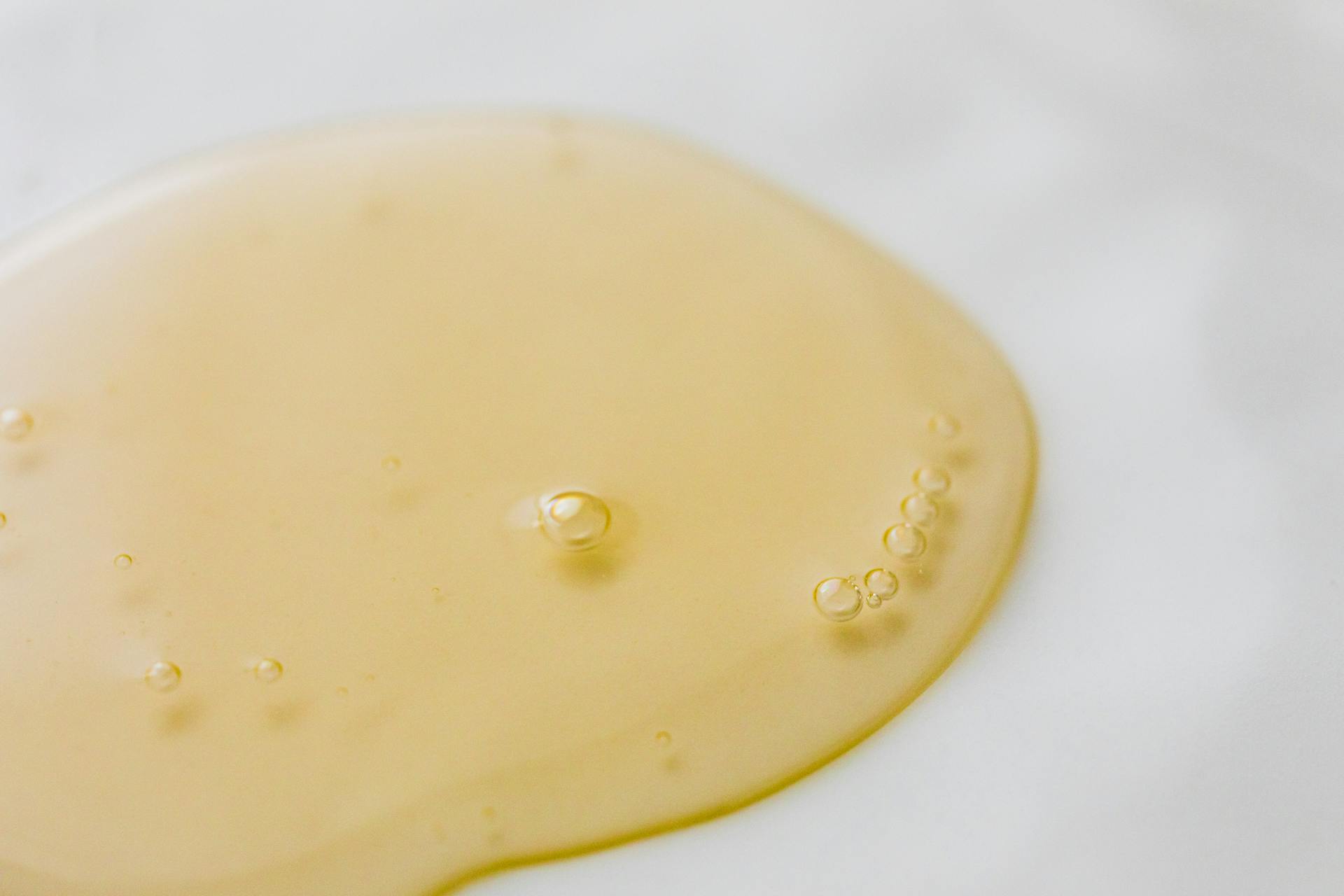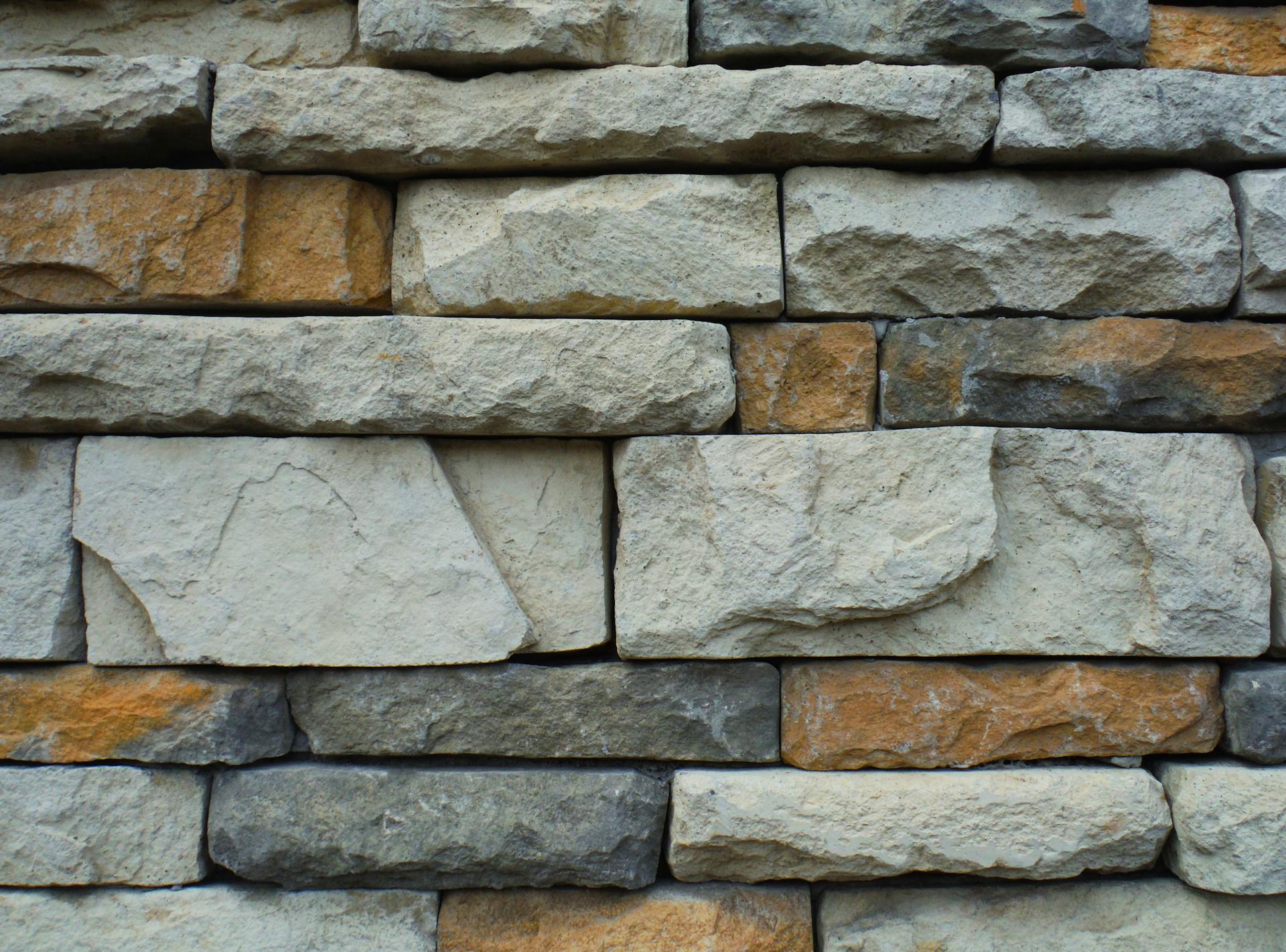
Welcome to the ultimate guide to vapor barriers! If you're a homeowner or contractor looking to improve the energy efficiency of your home or building, then this article is for you. In this comprehensive handbook, we'll cover everything you need to know about vapor barriers, including what they are, why they're important, and how to install them correctly.
Before we dive into the details, let's start with a quick summary. A vapor barrier is a material that helps prevent moisture from penetrating walls, floors, and ceilings. When installed correctly, it can reduce the risk of mold growth, improve indoor air quality, and increase energy efficiency by reducing heating and cooling costs. Photo courtesy of ISI Building Products.
With so many benefits, it's no wonder that vapor barriers have become an essential component in modern construction. However, choosing the right type of barrier and installing it correctly can be a daunting task. That's why we've created this comprehensive guide to help you master vapor barriers like a pro!
Consider reading: Moisture Barrier
Quick Summary:
In this in-depth piece, we explore the importance of vapor barriers and their role in moisture control. A properly selected and installed under-slab vapor retarder can prevent soil gas migration and water vapor from entering unprotected slabs. The proper moisture-barrier can also prevent moisture related problems within a building's interior by allowing pathways for water vapor and soil gas to escape.
Controlling moisture is crucial in preventing assemblies that are originally intended to dry from becoming wet. According to Building Science Corporation, vapor barriers installed within an air-conditioned enclosure or grade space should be avoided as they prevent assemblies from drying. Instead, a vapor barrier such as building paper or a vapor permeable sheathing should be used in these areas.
By using vapor barriers correctly, air-sealing gaps can be controlled, crawl spaces can be protected from moisture-related issues, and homes can maintain a healthy indoor environment. Understanding vapor barriers is essential for anyone looking to control moisture in their home or building.
How Thick Should a Vapor Barrier Be?
When it comes to installing vapor barriers, the thickness matters. The right thickness can determine whether your vapor barrier will be effective in preventing moisture from penetrating through walls and floors. Generally, a 10-12 mils (0.25-0.30 mm) vapor barrier is recommended for most applications, but if you're working with crawl spaces or live in extremely humid regions, you may need something thicker.
If budget isn't an issue and you want an incredibly reliable material, consider using a 15 mils (0.38 mm) thickness vapor barrier. However, keep in mind that the proper thickness of your barrier depends on the permeability you're looking for. If you choose a vapor barrier that's too thick, it can become less permeable and trap moisture inside the house instead of keeping it out.
In some instances, a bit thinner and more permeable barrier may be appropriate for certain areas like crawl spaces or especially humid places where there's a lot of moisture in the air. So when deciding how thick your vapor barrier should be, remember that it all depends on where it's being installed and what kind of permeability you're aiming for.
Do You Need Vapor Barrier on Plywood Subfloor?
If you're wondering whether you need a vapor barrier on your plywood subfloor, the answer is yes. A vapor barrier is essential to protect your floors from moisture damage. Plywood grade and quality can vary, and if your plywood subfloor isn't up to par, a vapor barrier can help prevent moisture issues.
Installing a vapor barrier or vapor retarder underneath your flooring is a preventive fixture that involves nailing down a barrier roll or sealing tape to the subfloor. This will help reduce the amount of moisture that seeps through into your home's interior space. A vapor barrier also prevents the buildup of mold and bacteria by reducing condensation on the surface of your floor.
Floor puncturing during installation can lead to unwanted holes in your vapor barrier, which defeats its purpose. So ensure that before laying any flooring, the installation process doesn't involve nailing or puncturing through the plywood subfloor. In conclusion, installing a vapor barrier on top of your plywood subfloor is a necessary step for preventing moisture penetration and ensuring that your floors stay in good shape for years to come.
Does Mold Grow Under Crawl Space Vapor Barriers?
One of the primary reasons for installing a crawl space vapor barrier is to prevent mold growth. However, it's common to wonder if mold can grow under the barrier. The answer is that mold shouldn't grow under the vapor barrier if properly installed and maintained.
A crawl space vapor barrier prevents moisture from accumulating underneath your property's floor. If you're dealing with a moisture problem, mold growth can go unchecked and compromise the air quality within your home. In most cases, a well-encapsulated organic matter-free crawl space won't have any mold issues.
The likelihood of mold growth depends on several factors such as minimal airflow, moist ground, and organic matter like green plants, paper, or wood. If you have cellulose insulation in your crawl space, it may absorb moisture and create an environment for mold growth. However, even in this case, a professional installation of a crawl space barrier can be a wholly remedy to prevent mold growth altogether.
Proper Installation of Vapor Barrier for Exterior Walls

Installing a vapor barrier on the outer face of an exterior wall is a good rule to follow, especially in humid climates. In colder climates, however, it’s best to install the vapor barrier on the internal side of the exterior wall. The placement and type of vapor barrier used can be personalized depending on factors such as relative humidity, homes orientation, and climate.
North-facing exterior walls tend to be colder and require more insulation than other exterior walls. It's important to consider installing a vapor barrier in these areas because they are more likely to trap moisture between the insulation and drywall/plasterboard. Air gap air gaps also play a critical role in keeping water features such as laundry closets and utility areas safe from excess moisture.
When considering installing vapor barriers, it's crucial to understand that this process should be done by a professional. They know exactly how much surface area needs to be covered with the vapor retarders and will also ensure that there are no gaps or overlaps. Failure to follow proper installation procedures could lead to moisture buildup within the small area which can cause unwanted damage over time.
Discover How Vapor Barriers Can Make a Difference

If you're planning on building or renovating your home, it's essential to know about vapor barriers. As mentioned in our previous article, the international residential code (IRC) has increased the required performance specs for under-slab vapor retarders (photo courtesy of ISI Building Products). A high-performance under-slab vapor barrier system is necessary to properly protect your home from moisture damage.
Ignoring proper planning and design can lead to costly fixes down the road. Dario Lamberti points out that "slab water vapor remediation after-the-fact can be a very costly fix." Although there may be small upfront savings by using a minimal protection moisture barrier, it can create a long-term problem that outweighs any initial cost savings.
In summary, proper planning and design are key points when installing a moisture barrier. Investing in a high-performance under-slab vapor barrier system is essential to avoid headaches in the future. By taking preventive measures early on, you'll save yourself time and money down the road.
Frequently Asked Questions
What is the purpose of installing a vapor barrier?
A vapor barrier is installed to prevent moisture from entering a home or building and causing damage to the structure, insulation, or interior finishes. It helps to maintain proper indoor air quality and reduce energy costs by preventing excess moisture from getting trapped inside walls or ceilings.
What is the function of a vapor barrier?
A vapor barrier is used to prevent moisture from entering a building's insulation and causing damage or reducing its effectiveness by blocking the movement of water vapor.
Does latex paint have a vapour barrier?
No, latex paint does not have a vapor barrier. It is a breathable material that allows moisture to pass through it.
What is an air barrier?
An air barrier is a material or system that prevents the movement of air through a building envelope, reducing energy loss and improving indoor air quality. It is an important component of energy-efficient buildings.
How much does it cost to install a vapor barrier?
The cost to install a vapor barrier varies depending on the size of the area and materials used, but generally ranges from $0.15 to $0.30 per square foot. It's an affordable investment that can prevent moisture damage and improve indoor air quality.
Featured Images: pexels.com


